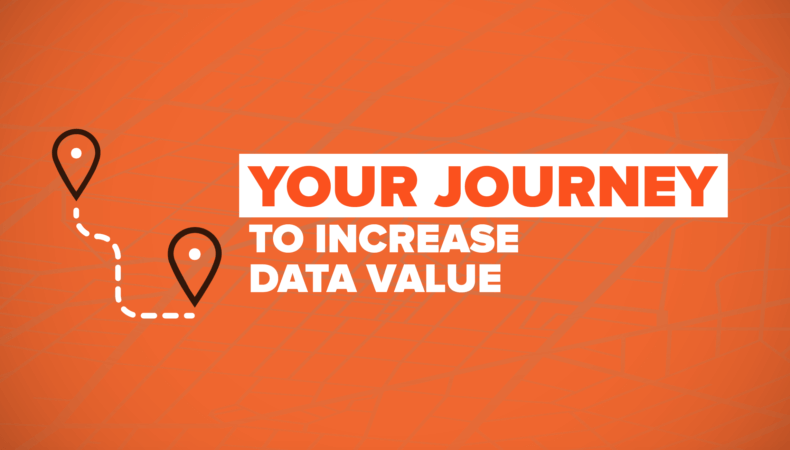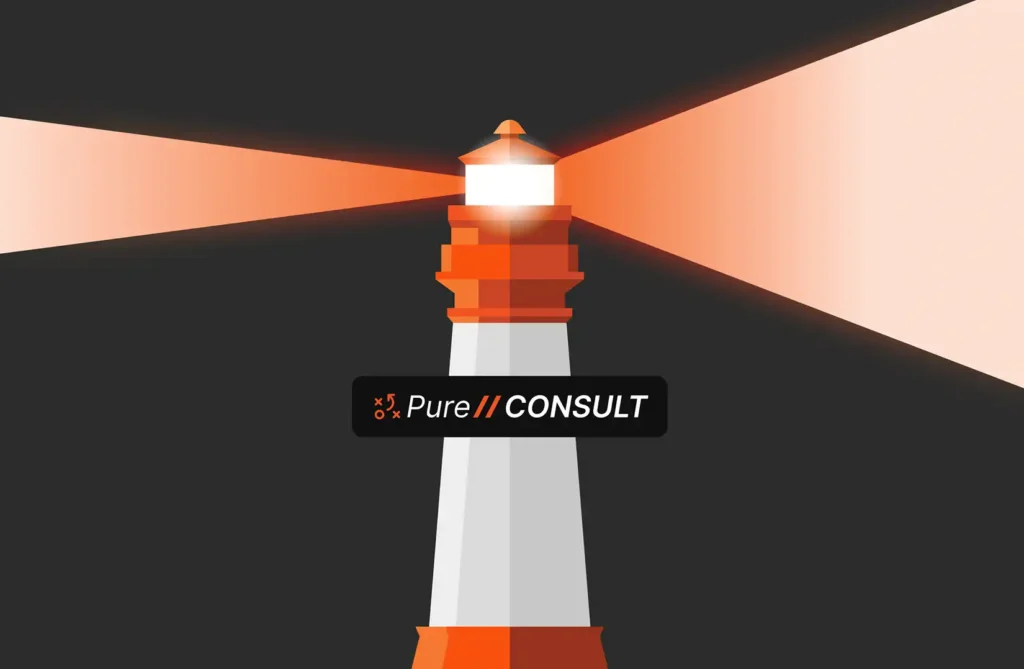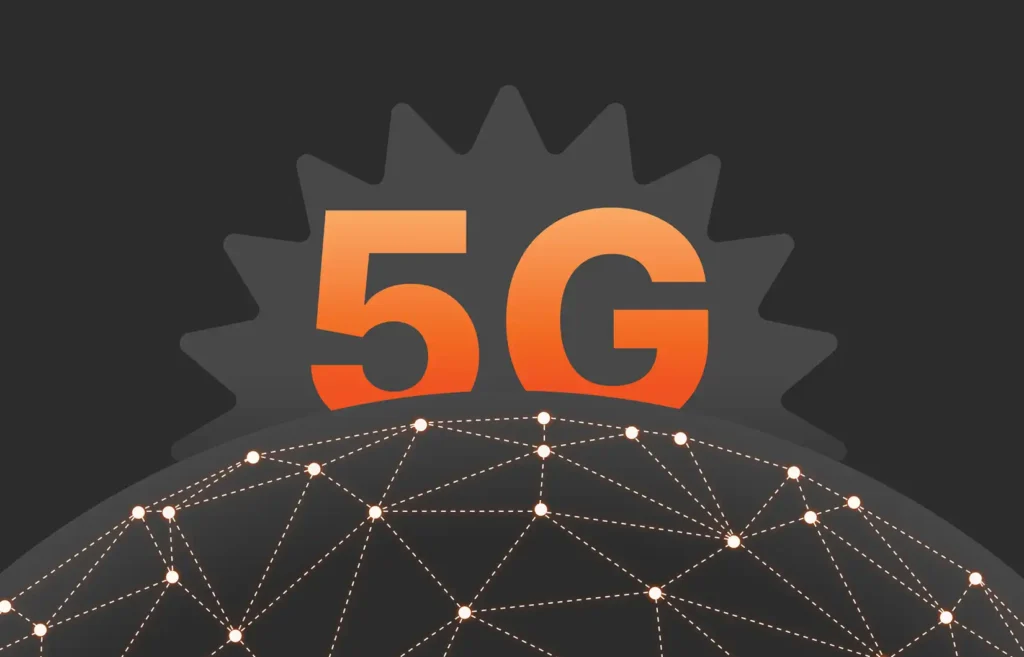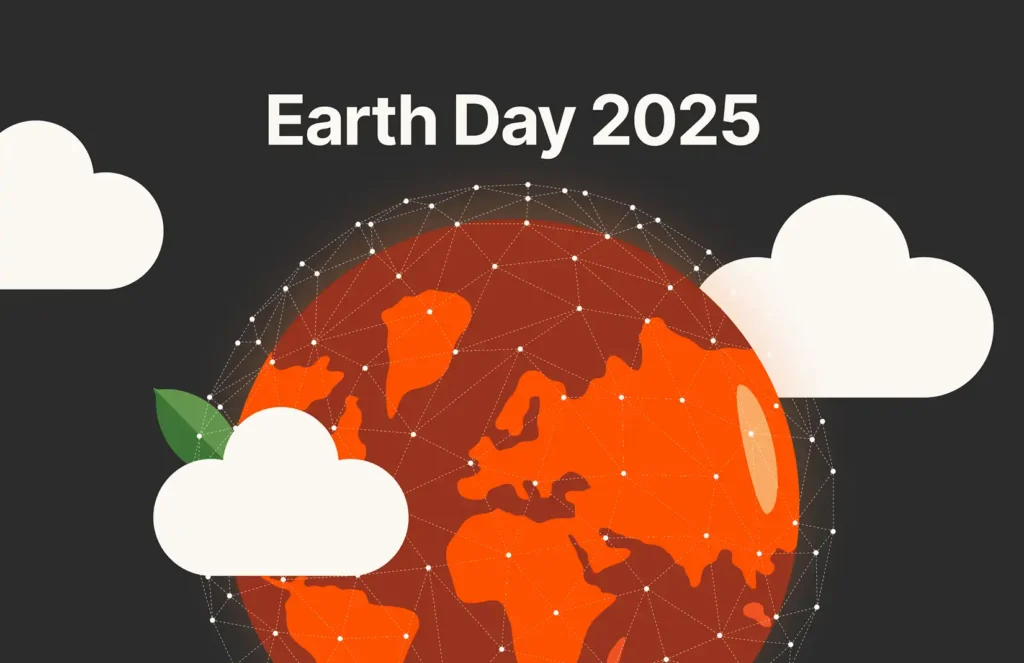It seems like I can’t look at a tech or business publication these days without reading about digital transformation and the value of data. It wasn’t long ago, though, that most companies didn’t see data as a valuable asset.
Oh, how times have changed.
Pure Storage completed a survey that found that most companies in the UK now think their data is more valuable than their employees.1 And with a third of the top 20 businesses in any industry estimated to experience digital disruption by 2018, that might be a good thing; at least for the survival of the businesses, if not for employee morale.2
It’s no secret that data is valuable. And while in 2006, oil and energy companies sat at the top of the world’s most valuable firms, last year, the list was topped by Alphabet (Google’s parent company), Apple, Facebook, Amazon, and Microsoft.3
If your company isn’t Apple or Amazon, though, digital transformation can be daunting. You know you need to get there, and you might be on your way, but the journey can feel intrusive to normal business activities. It doesn’t have to though. Chances are you’ve already started your journey.
And, as with many business and IT projects; getting there can be as simple as breaking the process down into smaller projects. To that end, let’s consider a three-step approach to increasing the value of your data, especially data stored in Oracle® databases.
Step 1: Operational Data
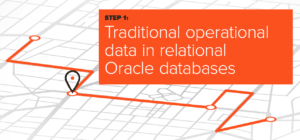 Pretty much every company has and is already using operational ino to track and use information or to process transactions. Operational data is the structured info about your workforce, direct competitors, creditors, suppliers, and customers often stored in relational Oracle databases. Congratulations! You’re already on your way to increasing data value.
Pretty much every company has and is already using operational ino to track and use information or to process transactions. Operational data is the structured info about your workforce, direct competitors, creditors, suppliers, and customers often stored in relational Oracle databases. Congratulations! You’re already on your way to increasing data value.
Step 2: Modern Data Warehousing
When you add modern data warehousing to your data ecosystem, you can integrate current and historical data of multiple types — structured, semi-structured, and unstructured — from multiple sources, including your operational info, for deeper analysis. You can begin to see trends and opportunities. This is the foundation of digital transformation.
Step 3: Advanced Analytics
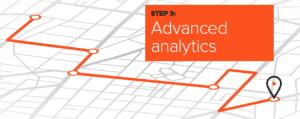 Adding advanced analytics comes next. Advanced analytics isn’t big information. It’s doing predictive analytics facilitated by machine learning on big data. It’s finding patterns to automatically address customer and business needs and to be disruptive in your industry. It’s how Amazon and Netflix seem to magically make the right recommendations to their users.
Adding advanced analytics comes next. Advanced analytics isn’t big information. It’s doing predictive analytics facilitated by machine learning on big data. It’s finding patterns to automatically address customer and business needs and to be disruptive in your industry. It’s how Amazon and Netflix seem to magically make the right recommendations to their users.
Under It All
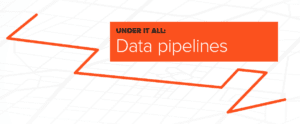 Underlying every one of these steps are pipelines that clean, transform, and merge the data coming into the ecosystem. There are also the applications and solutions used to store and analyze it along with the right infrastructure to support those applications and tools.
Underlying every one of these steps are pipelines that clean, transform, and merge the data coming into the ecosystem. There are also the applications and solutions used to store and analyze it along with the right infrastructure to support those applications and tools.
The right infrastructure includes the Pure Storage:
- Fast, low-latency performance for Oracle databases and applications
- Non-disruptive upgrades and performance with six-nines availability
- Huge capacity in a small footprint
- The ability to scale compute and capacity independently
- Data reduction and deduplication
- Fast, non-disruptive backup and recovery
- A low total cost of ownership (TCO) and high return on investment (ROI) with Evergreen™ Storage and Oracle license optimization through consolidation
- The ability to virtualize Oracle applications and databases
And because all the components of the platform are compatible, you can start with what you need today — whether for a given capacity or a given step in the journey — and expand as your journey and needs progress.
Dig Deeper
That’s a high-level look at a step-by-step approach to increasing the value of your Oracle data. For more details:
- Visit the Pure Storage Digital Transformation page and download the free guide
- Read our “A Roadmap to Increase the Value of Data” white paper, which gives an even more in-depth look at the journey and how the Pure Storage Data Platform for the Cloud Era and its capabilities support the journey.
1City A.M. “Is Your Greatest Asset People, or Data?” October 2017. www.cityam.com/273261/your-greatest-asset-people-data.
2Clark, Tim. “Think Digital Transformation Doesn’t Matter? Your Customers Beg to Differ.” SAP Business Trends. May 2016. https://blogs.sap.com/2016/05/19/think-digital-transformation-doesnt-matter-your-customers-beg-to-differ/.
3World Economic Forum. “The Value of Data.” September 2017. www.weforum.org/agenda/2017/09/the-value-of-data/.
4Pure Storage. “Purity Is Built for Cloud Era Flash.” www.purestorage.com/products/purity.html.
